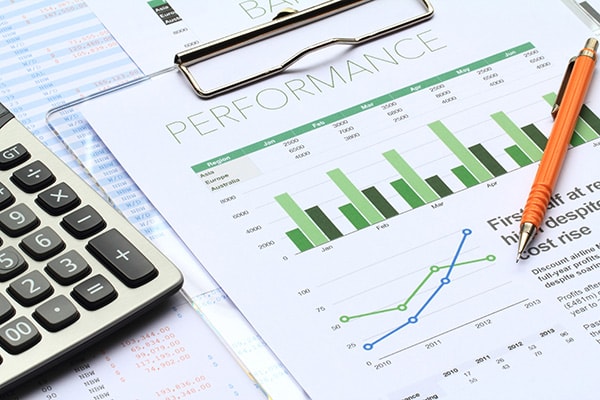If you are the owner of a limited company you are required by law to prepare and file accounts for your company annually. Most companies outsource this task to a firm of accountants. You provide them with your sales invoices, purchase receipts, bank statements and other accounting records for the year, then you wait patiently to be provided with a lovely set of accounts… but do you understand what these accounts are telling you!?
It is important to note that your accounts will have been prepared under the accruals basis (unless stated otherwise) which means that all of your sales and expenses will be accounted for at the time of invoice, and NOT on the day that they were physically paid. Getting your head around this concept will help you understand your figures much better.
The two main elements in a set of limited company accounts are:
1) Profit and Loss Account
2) Balance Sheet
I will go into detail about the specific elements included within these reports in the coming weeks, but for now I want to focus on the overall view of the accounts and how you can understand your company’s financial health.
1) Gross Profit Margin
The gross profit margin is a great indication of how efficiently your company is turning raw products into sellable goods (this doesn’t apply so much to a service company). The gross profit is simply your sales less the costs directly attributable to making those sales (i.e. raw materials and direct labour costs). The gross profit margin is the percentage of that gross profit against your sales.
Example
A furniture company has a turnover of £80,000. They spent £42,000 on raw materials and a further £12,000 on direct staff costs. Their gross profit is therefore £26,000 (£80,000 – £42,000 – £12,000)
Their gross profit margin is 32.5%. (£26,000 / £80,000 x 100)
There are a number of uses for the gross profit margin;
- Compare the margin against your prior year results. An increase is a good indication that you have increased efficiency whilst a decrease indicates that efficiency is decreasing.
- Compare against other companies in your industry to see whether you are performing in line with your competitors or if you could be performing better.
2) Profit or Loss on Ordinary Activities After Taxation
This figure represents the amount of company profits left over once all costs and taxation have been accounted for. Hence this is the amount of profits that are available for distribution to the company shareholders for that particular financial year. This amount gets added to the reserves brought forward from the previous year, and then gets distributed to the shareholders where the funds are available.
3) Profit and Loss Reserves
You will notice this figure on the bottom section of the balance sheet. It is the cumulative amount of profits and losses of the company after taxation since the company began. It is important to note this figure because it is from here that dividends are awarded.
Example
A plumbing company has profits after taxation of £20,000 for the year ended 31 March 2015.
Scenario 1 – Positive reserves
Profit and loss reserves brought forward at 1 April 2014 £12,000 Profit after taxation for the year ended 31 March 2015 £20,000 Available for distribution to shareholders as dividends £32,000
Scenario 2 – Negative reserves
Profit and loss reserves brought forward at 1 April 2014 (£12,000) Profit after taxation for the year ended 31 March 2015 £20,000 Available for distribution to shareholders as dividends £ 8,000
As you can see from the above example it is very important to not just look at the profit after taxation figure, but also the brought forward reserves. This is because the amount available for distribution is the cumulative amount, which will either be more or less than the profits made in the current financial year.
4) Your Company’s Worth
Ever wondered what your company is worth? The answer to this is sitting on your company balance sheet. The total of the company assets (money due to you), less the total of the company liabilities (money owed to others), is known as the company “Net Assets”. This is the value / worth of you business in a financial context. It’s quite simple, the higher this is, the more your company is worth. If the figure is negative then it shows that the company has more liabilities than assets, and may not have much more of a future.
** Point to note ** – If you are looking to sell your company then please obtain a professional evaluation of the company’s worth, as you will also need to take into account any goodwill built up within the company.
So next time your accountant hands you those ever so important documents to sign, don’t just throw them in a drawer never to be seen again, look at them and use them to make improvements to your business. You can get a lot more from your accounts than just figures!



